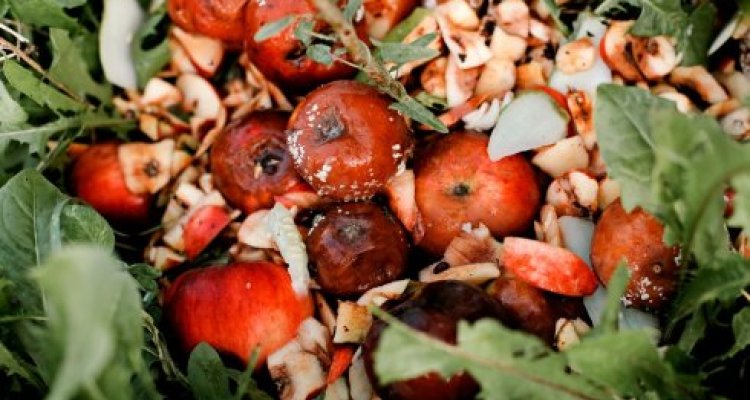
Project
Flagship 2: Ensuring quality and safety
Reusing waste streams harbours risks, such as the spread of pathogens and accumulation of heavy metals. This project studies a scenario in which waste streams in the Netherlands are recycled to their fullest potential. We map waste streams and try to identify the risks of several potentially dangerous substances.
In a system that is changing from linear to circular, and where the focus is on reusing and repurposing waste streams, it is of utmost importance to look beyond how to make use of waste streams effectively and how to reduce greenhouse emissions. We must also consider potential safety and quality risks. For example, we must consider the possible chemical implications (such as build-up of heavy metals as a result of repeated repurposing), biological risks (such as the spreading of pathogens and the accumulation of surplus antibiotics and pesticides), and physical implications (such as pollution of waste streams with plastic and metal particles). In this project, we aim to predict the movements of a selected set of potentially dangerous materials through a theoretical circular system. This theoretical system is based on the assumed production of waste streams (manure, plant materials, domestic waste) from different sources, and the assumed reduction of waste streams by different recipients. To this end, we use the dynamic simulation method, otherwise known as stock and flow modelling.
Using experimentation and literature research, we simulate the movement of various dangerous substances from one source to the next through the waste streams, and how they may or may not accumulate in certain areas. Information on the concentration levels is then translated into potential safety risks based on expertise, literature research and testing. Thus, we work on a semi-quantitative evaluation framework that allows us to identify potential risks ahead of time. Processes with a high level of risk are eliminated from the scenario, or, if they are essential, further research is done to eliminate the risks.
Publications
-
Hoe veilig en schoon moet kringlooplandbouw zijn?
Milieu (2021), Issue: 6 - ISSN 0920-2234 - p. 48-53. -
A strategy to determine the fate of active chemical compounds in soil; applied to antimicrobially active substances
Chemosphere (2021), Volume: 279 - ISSN 0045-6535 -
3w4: Translating between dreams of circularity & practice
In: Circular@WUR 2022 - Wageningen University & Research - ISBN: 9789464471625 -
4w4: Gamification of the circular biobased economy: knowledge integration and diffusion
In: Circular@WUR 2022 - Wageningen University & Research - ISBN: 9789464471625 -
2s2: A strategy to determine the fate of active chemical compounds in soil; applied to antimicrobially active substances
In: Circular@WUR 2022 - Wageningen University & Research -
A strategy to determine the fate of active chemicals in soil – applied to antimicrobials
-
Doxycycline adsorption and toxicity in earthworms after manure application to soil
-
Contamination in the circular economy: Risks from waste streams
-
Prediction of the mobility and persistence of eight antibiotics based on soil characteristics
Heliyon (2024), Volume: 10, Issue: 1 - ISSN 2405-8440 -
A novel approach to identify critical knowledge gaps for food safety in circular food systems
npj Science of Food (2024), Volume: 8 - ISSN 2396-8370